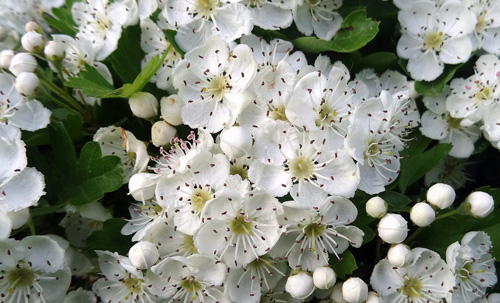Clapham Common is one of the largest green spaces in both Lambeth and Wandsworth and at first glance it is a busy, bustling, active space. Extensive areas of woodland, long meadow grass and three ponds provide habitat where animals and birds are living out their lives largely unnoticed by most of us, in our frenzied haste. So slacken your pace, look about you and prepare to take a walk on the wild-side and enter the secret world of Clapham Common.
Winging it
Carrion crows rule the bins and flat grasslands. Attired in glossy black from beak to feet, they perch in trees waiting to swoop down in flocks at the sight of a sandwich.

A streak of emerald green and a raucous cry announces the appearance of an exotic ring-necked parakeet. Although native to Asia they have become established across southeast England, and some attribute their arrival in Britain to a few escapees from a James Bond film set at Pinewood Studios.
Head for the woods, pause and quietly watch. You will see robins, wrens, blue tits, blackbirds and if you are lucky thrushes. And as dusk falls and day melts into night, pipistrelle bats flutter above, catching insects around the ponds and grasslands.
Pond life

Near the Windmill pub you’ll find Eagle Pond – the Common’s most ‘natural’ pond – surrounded by vertical wooden toe-boarding, with wooden decked fishing platforms. Across Windmill Drive is Mount Pond, here too fishermen sit and patiently wait to land a carp. The large island feature in the centre supports broadleaved plantation woodland of mature oak and fringing willow, and is a safe retreat for nesting ducks and moorhens.
Each year frogs return to the ponds where they were born in spring (mid-Feb onwards) to lay their spawn amongst the reeds.

In time this will hatch into tadpoles which gradually develop into frogs that will return to the dry land – and you find them in the most unexpected places on the Common.
Long Pond, south of Fields Café on Rookery Road, is where people sail model boats on Sundays. It is a dark mirror pool, reflecting the sky and trees scattered on mown grass at its edges. It is home to Canada geese and mallard ducks and on a sunny day you can spot carp swimming below the surface.
Grassed up

Most of the Common is grassland, dominated by perennial rye grass, bent grasses and annual meadow grass. Different mowing regimes allow some areas to look wild whilst other areas are close mown. The grasses are flecked with colour, a blaze of golden dandelions, daisy, and buttercups. Look closely in autumn and you may spot something weirdly magical, and tempting, if you were Alice in Wonderland.
If you go down to woods…
Nursery Woods was originally a plantation woodland. It now has a range of planted semi-mature and mature broad-leaved trees, including Turkey oak, Lombardy poplar, hazel and horse chestnut.

Children continue to gather the fruit of the horse chestnut in autumn to play conkers. Young elm trees now dominate the woodland area, forming a thick canopy understorey, together with occasional hawthorn and blackthorn. Walk in the woods in May where there are spectacular swathes of cow parsley, long stalks held high and topped with delicate filigree of white flowers, which is why it is also known as Queen Anne’s lace.
Battersea Wood is much more open with pockets of scrub and mature trees interspersed with grassy glades and footpaths. Hawthorn, blackthorn, field maple, elder, and apple species dominate the scrub whilst there is a single bush of common gorse, a remnant from the days when the Common was wild.

The mature trees include oak, lime, false acacia and hornbeam. There are also blackberry bushes which provide nesting, habitat and food for birds. They are also foraged by locals to make bramble jam – as are the plums in the woods.
